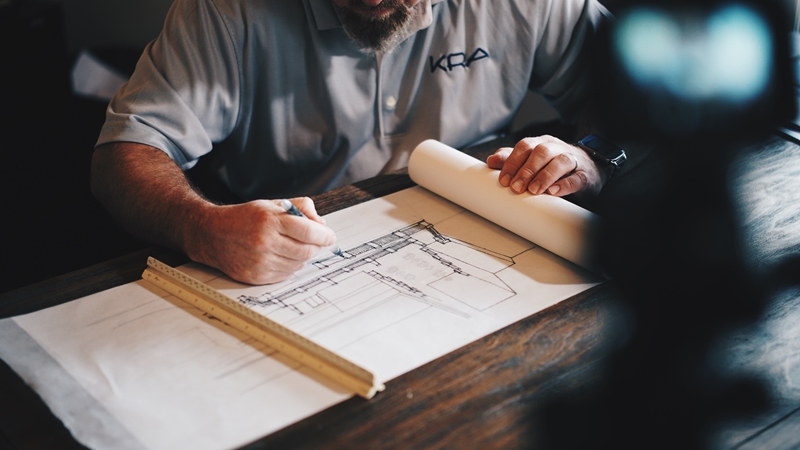Australia’s aged care sector is scrambling. With the over-65 population set to double over the next 40 years (courtesy of Treasury’s 2015 Intergenerational Report), the way we plan for and produce healthcare facilities has to improve dramatically.
If it doesn’t, we’re left with an aged care shortfall that threatens the wellbeing of millions of older Australians. But what specifically needs to change?
How big is the shortfall in Australian aged care?
In 2017, the Australian Institute of Health and Welfare (AIHW) logged our 65-and-over population at just under 4 million, increasing to 6 million by around 2037 and 8.8 million by 2057. Approximately half of all these people have a disability, despite nearly three-quarters saying they were in good health. Furthermore, 365,000 Australians have dementia – nearly all in this age bracket.
 Is Australia developing and designing enough aged care facilities?
Is Australia developing and designing enough aged care facilities?As these numbers increase, so too must the number of aged care facilities. A 2018 position statement from the Australian Medical Association (AMA) identified more than 104,000 older people who were still waiting for appropriate care. Additionally, the AMA found many older people were having to use hospital emergency services due to a lack of aged resident support.
Through a combination of nursing support and construction, Australia has to address this 100,000 aged care shortfall.
How to address the aged care shortfall
There are three core elements to Australia’s aged care shortfall.
Nursing
The AMA has called for changes to Accreditation Standards in residential aged care facilities, with an increased nurse-to-patient ratio to ensure everyone receives the care they need. This means more funding for training, better career pathways and a general uptake in nursing roles.
 Nursing will be a core component of catering to our increasing aged population.
Nursing will be a core component of catering to our increasing aged population.Funding
Beyond training, the aged care sector needs more funding. A 2018 PricewaterhouseCoopers release suggests $500 million to kickstart innovation in our care is a good starting point, as well as rewarding outcomes (as opposed to general activity). This could create a solutions-focused approach to healthcare – quality as well as quantity.
Construction
You can’t have good aged care without the appropriate healthcare facilities. Refitting older buildings, constructing new spaces and expanding on existing care sites will all be necessary to cater to the increasing aged population.
“Low risk, incremental change simply won’t cut it given the numbers we face,” wrote PwC partner James van Meerdijk and Australian Unity’s Rohan Mead.
But rushing into this blind doesn’t necessarily solve the problem. New aged care facilities have to be carefully planned, designed with specific disabilities and capabilities in mind, and built to the highest quality possible so they can stand the test of time.
That’s the kind of specialisation that Space for Health excels at. To find out how we can help shape the future of aged care, contact us for a free consultation.



